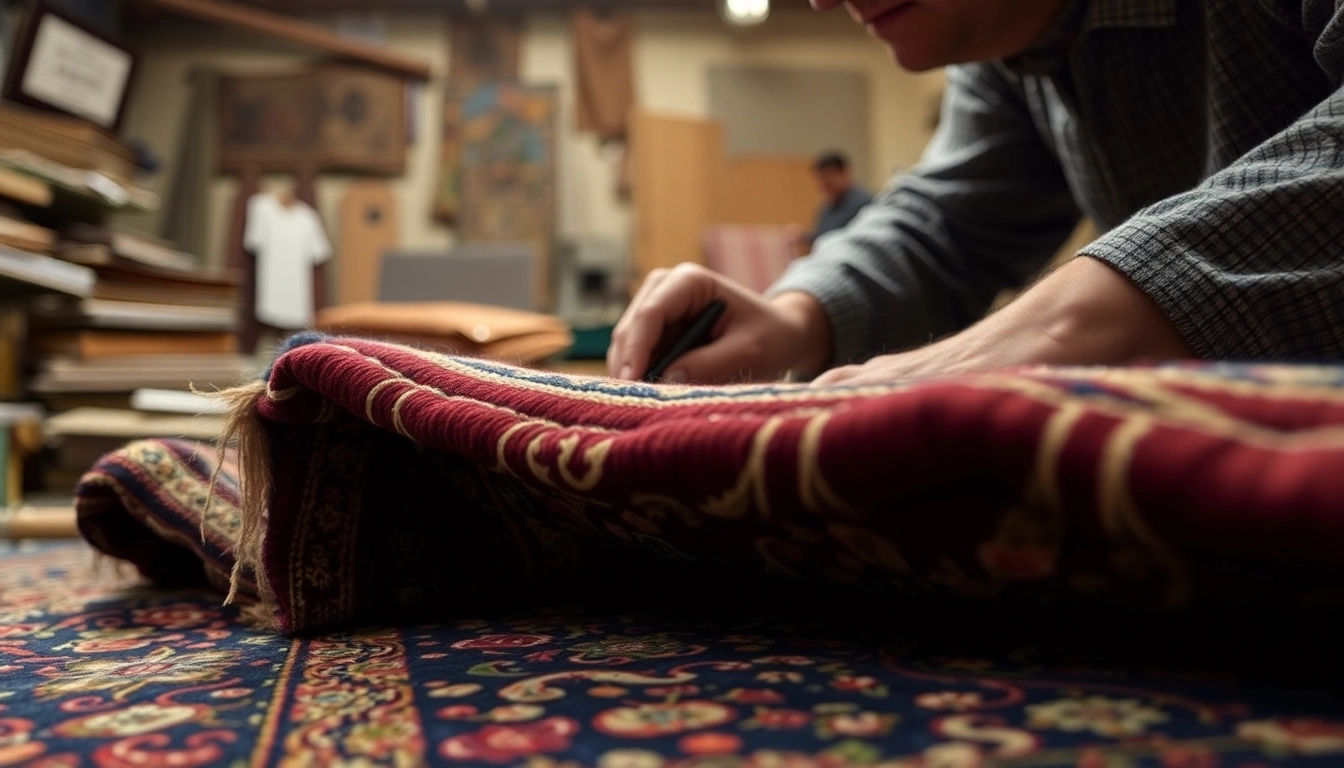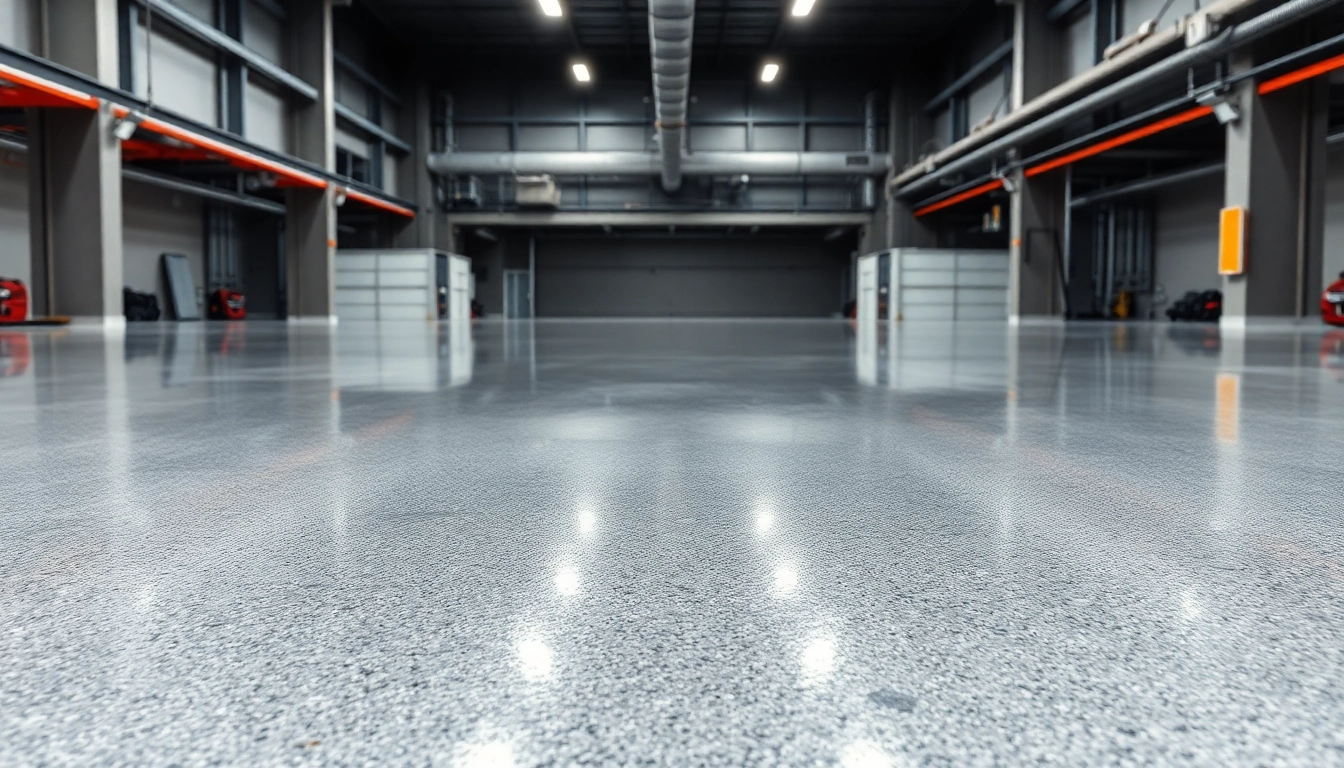Understanding the Restauro Tappeti Milano Process
Restoring and reviving antique or damaged carpets is a delicate craft that combines traditional techniques with modern technology. In Milano, the art of Restauro Tappeti milano is performed by skilled artisans who prioritize preserving the authenticity and intricate details of each piece. Whether dealing with ancient Persian rugs, modern masterpieces, or family heirlooms, professional restoration helps protect your investment while extending the lifespan of your carpets.
Types of Carpet Damages and Restoration Techniques
Carpets can suffer from various types of damage, including tears, frayed edges, holes, stains, and color fading. Each damage type requires specific restoration techniques:
- Repairing tears and holes: Using patching, reweaving, or needle-point stitching to restore integrity.
- Fringe and edge repair: Reattaching or reconstructing damaged fringes to maintain aesthetic appeal.
- Color restoration: Employing dyeing or color retouching to recover original vibrancy.
- Deep cleaning and stain removal: Utilizing specialized washing techniques to eliminate dirt, mold, or stubborn stains.
Steps Involved in Professional Carpet Restoration
The restoration process typically follows a systematic approach:
- Assessment: A detailed examination to identify damage extent, fiber condition, and original dye colors.
- Documentation: Photographing and recording all damages for transparency and planning.
- Cleaning: Preliminary cleaning to remove dirt that may interfere with repair work.
- Structural repairs: Reweaving, patching, or stitching torn fibers.
- Color retouching: Using dyes to restore faded or damaged areas.
- Final finishing: Gentle cleaning, stretching, and pressing to ensure a refined appearance.
Materials and Tools Used in Restauro Tappeti Milano
Restoration involves a variety of specialized materials and tools, including:
- Natural dyes: To match original colors without causing damage.
- Reweaving threads: In silk, wool, or cotton, depending on the original fiber.
- Fine needles and embroidery tools: For precise stitching and patching.
- Gentle washing agents: Designed for delicate fibers and dyes.
- Pressing and stretching equipment: To restore the carpet’s shape and flatness.
Choosing the Right Restauro Tappeti Milano Service
Qualities to Look for in a Professional Restoration Specialist
Opting for a reputable and experienced restoration service is crucial. Key qualities include:
- Certified artisans: Trained in traditional techniques with a proven track record.
- Specialization in antique and modern carpets: Knowledge of various materials and styles.
- Transparent process: Clear communication about costs, procedures, and expected outcomes.
- Use of high-quality materials: Ensuring durability and authenticity in repairs.
How to Assess Restoration Quality and Reputation
Assessing a restoration provider involves reviewing testimonials, case studies, and references. Visiting the workshop or viewing portfolio samples can provide insights into craftsmanship standards. Additionally, certifications from recognized associations and awards further validate expertise.
Benefits of Certified and Experienced Artisans
Certified artisans guarantee that restorations are performed according to best practices, minimizing risks of further damage. Their experience ensures attention to detail, preservation of value, and a final product that looks natural and seamless.
Cost and Value of Restauro Tappeti Milano
Average Costs for Different Types of Restoration Projects
The cost of carpet restoration varies based on damage severity, size, type, age, and complexity. Generally, repairs range from as low as $50 for minor touch-ups to over $2000 for extensive restoration of antique pieces. For example, simple stain removal or fringe repair might cost $100–$300, while reweaving a large, antique Persian rug can reach $1500–$2000.
Factors Influencing Restoration Pricing
- Carpet size and complexity: Larger or more intricate designs demand more time and skill.
- Type of damage: Restoration of severe tears or extensive dyeing is more labor-intensive.
- Age and rarity: Antique or rare carpets require meticulous craftsmanship, increasing costs.
- Material quality: Using original or high-grade dyes and fibers adds to expenses.
How Restoration Enhances the Value and Longevity of Your Carpet
Proper restoration not only preserves the aesthetic and historical value of your carpet but also extends its lifespan. Well-executed repairs prevent further deterioration, maintain structural integrity, and ensure that your investment retains or appreciates in value, especially with antique or collectible pieces.
Maintaining and Caring for Restored Tappeti
Best Practices for Daily Cleaning and Preservation
Maintaining a restored carpet involves gentle daily care. Vacuum regularly using a low-power setting to avoid fiber damage. Rotate the carpet periodically to prevent uneven wear. Keep it away from direct sunlight to prevent fading, and avoid placing heavy furniture on delicate areas.
When and How to Schedule Regular Professional Maintenance
It’s advisable to have your carpet professionally cleaned and inspected every 1–2 years. Expert cleaning restores vibrancy and removes accumulated dirt or pests that could compromise fibers. Additionally, professional assessments help identify emerging issues early, allowing timely repairs.
Prolonging the Life of Your Restored Tapis with Proper Care
Use protective pads under furniture legs, avoid excessive moisture or harsh chemicals, and implement preventive measures against pests. Keep environment humidity stable and ensure proper storage during long-term periods of non-use. These practices help preserve the quality of your restoration investments for generations.
Case Studies and Customer Success Stories
Before-and-After Restoration Examples from Milan
Many Milanese households and collectors have experienced remarkable transformations. For instance, a 19th-century Persian rug with severe staining and fraying was restored to its original splendor through meticulous reweaving and dye retouching. The process took a few weeks but resulted in a piece that looks as vibrant as when it was first woven.
Testimonials Highlighting Quality and Craftsmanship
“The team at Zalt Tappeti demonstrated exceptional skill restoring my antique kilim. The attention to detail and respect for the original craftsmanship exceeded my expectations.” – Maria, Milan.
Getting Started: Consultation and Personalized Restoration Plans
Experts generally begin with an on-site or remote assessment, providing a detailed quote and timeline. They tailor each restoration plan to match your specific needs, ensuring that preservation goals and budget considerations are aligned.



